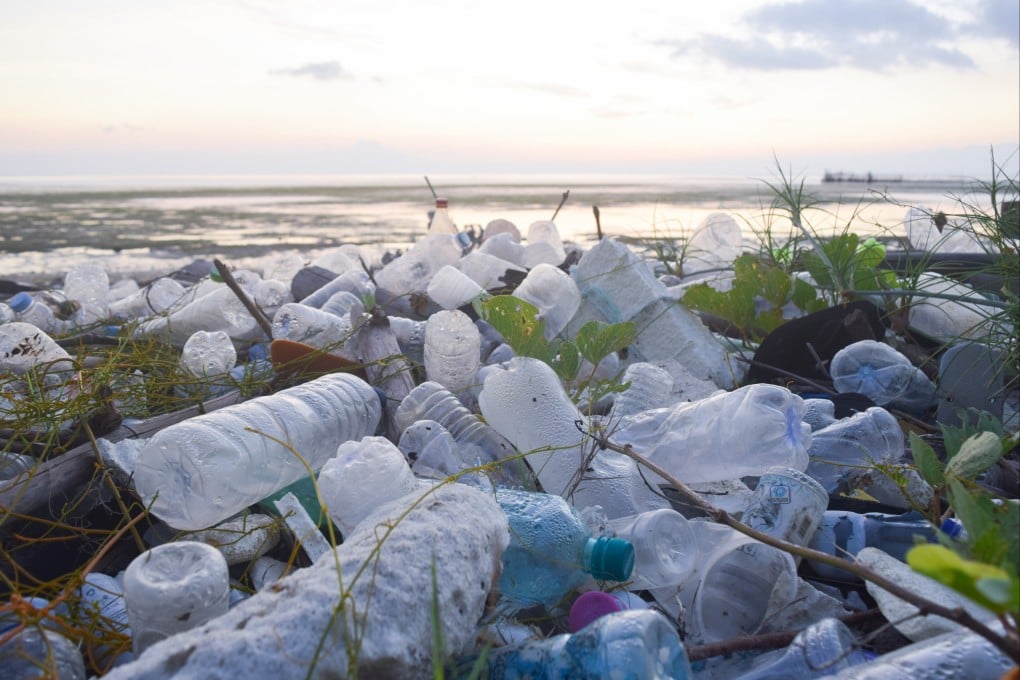Microplastic levels in our brains are rising fast, study finds
The research also found a big jump in microplastics in people’s livers in an analysis of samples of deceased people taken in 2016 and 2024

Tiny plastic particles known as microplastics, released by everyday objects like water bottles and plastic bowls, are increasingly accumulating in our bodies, according to a US research team that found significantly more of them in the brain and liver of deceased people examined in 2024 than in samples taken in 2016.

Campen’s team used special infrared and electron microscopy to determine the quantities of plastic more precisely.
The researchers analysed tissue samples from the liver, kidneys and brain of 24 deceased people from 2024 and compared them with samples from 28 dead people from 2016.
They found that the average concentration of micro- and nanoplastics in the kidneys was similarly high in 2016 and 2024.
However, significantly higher values were found in the liver and brain samples in 2024. In the liver, the mean concentration rose from 141.9 micrograms to 465.3 micrograms per gram of tissue, and in the brain, from 3,420 micrograms to 4,763 micrograms per gram of tissue.
